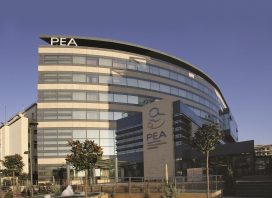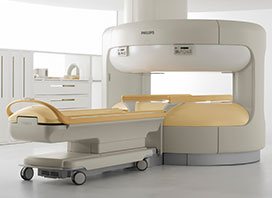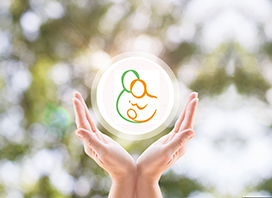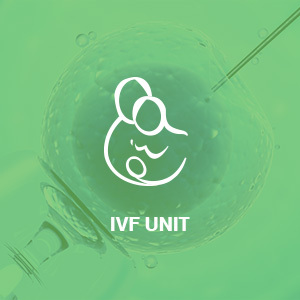LASER TREATMENT CENTRE FOR ANAL CONDITIONS & PILONIDAL CYSTS
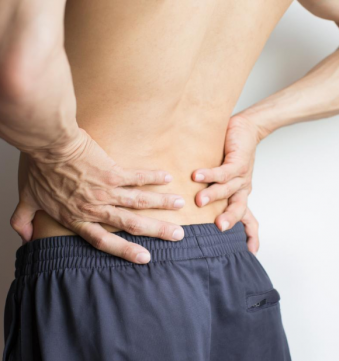
The Laser Treatment Centre for Anal Conditions & Pilonidal Cysts at REA Hospital is specialised in the management of conditions of the anus and its surrounding area using a laser optic fibre. The department is staffed with experienced and specialised surgeons, who have many years of experience in treating conditions such as haemorrhoids, pilonidal cysts, anal fistulae and stretch marks.
The Laser Treatment Centre for Anal Conditions & Pilonidal Cysts applies minimally-invasive techniques as well as tailor-made treatments, which are preceded by thorough examination of the patient by the scientific team.
Pilonidal cysts
Pilonidal cysts are a common condition that affect males mainly, but can also affect women, usually in young ages (15-30 years old). They are cysts or abscesses that form in the cleft of the buttocks. These cysts contain accumulated hairs and dead skin cells, potentially causing infection and inflammation in the area. The inflammation can persist for many years, causing discomfort and pain to the patient.
Many factors contribute individually or collectively to the formation of pilonidal cysts, including a sedentary life-style, poor hygiene, excess sweating, presence of hairs in the area, genetics, as well as multiple injuries in the sacrococcygeal region.
Pilonidal cysts can be treated by endoscopic ablation using laser, providing immediate relief to patients. The method is bloodless, and the patient can return straight away to normal daily activities.
Haemorrhoids
Haemorrhoids cause discomfort to one in three people worldwide, arising as a result of the modern way of living, everyday stress, and an unbalanced diet. In disease, haemorrhoids are inflamed, i.e. the small vessels at the bottom of the rectum and the anus, thus becoming swollen and causing discomfort or pain to the patient when defecating.
Haemorrhoids can be external or internal. Internal haemorrhoids are in the rectum, are not visible to the patient, and rarely cause discomfort, with temporary bleeding being the only symptom. External haemorrhoids are underneath the skin that surrounds the anus, where there are more nerves, thus causing intense pain as well as bleeding.
A blood clot can form in an external haemorrhoid, which then becomes purple or blue. The case is then described as thrombosis, which is accompanied by pain and itching, as well as bleeding.
Treatment of haemorrhoids depends on the grade of the disease (there are 4 grades: 1, 2, 3 and 4).
Grade 2 haemorrhoids can be treated by HeLP (Haemorrhoid Laser Procedure) that is carried out endoscopically using a special anal endoscope and ultrasound guidance. This is the most painless procedure, lasting approximately 15 minutes, after which the patient returns to normal life on the same day.
Grade 3 and 4 haemorrhoids are treated using LHP (Laser HaemorrhoidoPlasty). A laser, when operated by an experienced surgeon’s hand, can ensure microsurgical precision and safety. The operation is performed under local anaesthesia and sedation, benefits from speedy recovery without post-operative complications and usually without incisions.


